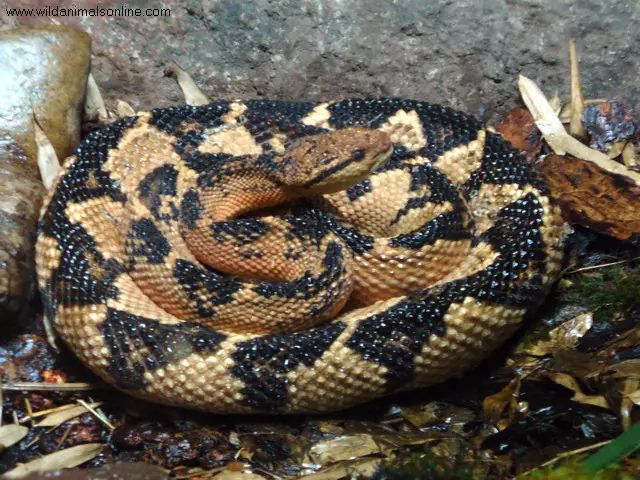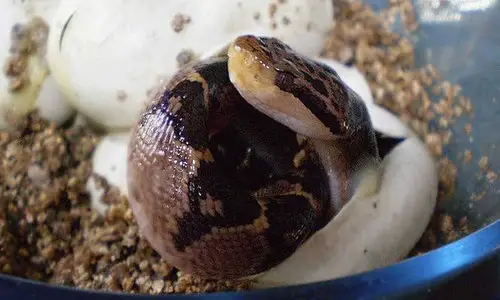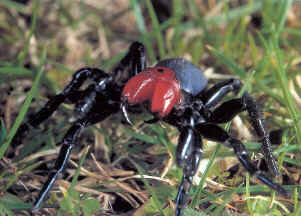South American Bushmaster
South American Bushmaster is the largest venomous snake in America. They live in the tropical forests of Southern and Central America, as well as the island of Trinidad. A legend tells us that the Bushmaster snake would suck out the milk from cows and sleeping women. However, this snake is rather passive and there have only been 25 reports of a Bushmaster snake biting a human, while only 5 of these cases were lethal.
These snakes are truly massive, they reach a total length of up to 3,5 metres and they weigh 3-5 kilograms. Its colouration is bright, with hints of pink, the back is covered with brown squares. These colours provide great camouflage in the leafy forests and a Bushmaster snake is very difficult to notice. The body is long and sleek, and as for all snakes, it’s covered in sharp scales.
South American Bushmaster requires a wet climate and it tries to avoid sun as much as possible, by hiding in thick bushes. The snake spends most of the daytime hiding in leaf piles and only goes out hunting at night. Its diet consists mostly of rodents, that pass by the snake’s hiding place. The Bushmaster snake relies on its thermoreceptory organs, which allow the snake to sense warm-blooded creatures. The snake relies on its venom to quickly kill the prey, large amounts of venom are injected, inducing a heart failure for the prey. Like all snakes, the South American Bushmaster can loosen its jaws and swallow whole even a very large prey and after that spend a long time digesting it.
When the mating period comes, these otherwise solitary snakes search for a partner, tracking them by a specific scent that is left behind by every snake. After copulation the female spawns eggs in a shallow nest and afterwards covers it with a layer of wet soil. Incubation lasts for 76-79 days and the snakes hatch fully developed and start independent lives soon after hatching. The South American Bushmaster can live up to 20 years.
These snakes have always been very hard to observe, because of their great camouflage and skittish nature – they will always try to avoid humans. Therefore, not much is known about the current situation of their population. Breeding them in zoos has also proved to be unsuccessful, as the Bushmaster snakes that are held in captivity refuse to eat anything and die of starvation. Still, it is certain that South American Bushmasters suffer from logging tropical forests, as do many other unique animals.




